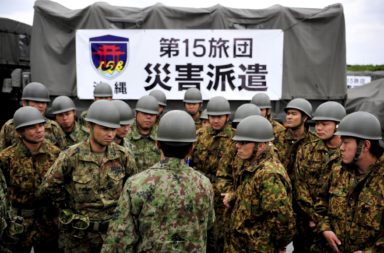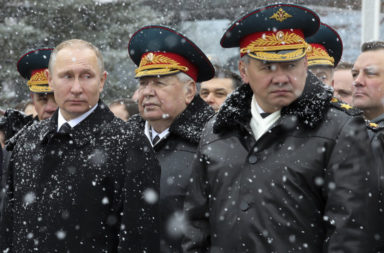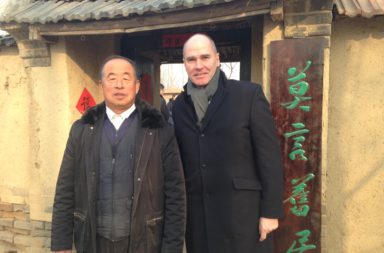Everybody knows that the government in Beijing knows how to sell a message. While democracy is still a long way off from braking its way into Chinese society, the need for the communist party to communicate its plans to an increasingly demanding population is higher than ever.
The old days when simple commands could just be handed down from on high without resistance or criticism are over. The average Chinese citizen has to feel that she can trust those in charge. It’s rather simple really: a system that almost completely lacks any kind of input legitimacy, such as democratic participation, has to instead rely entirely upon outputs to justify its continued existence.
One of the most important features, and arguably one that gives China an edge over western democracies, is its ability to plan ahead. No elections and limited political debate mean, that the leadership can focus on the targets they have set for themselves in plans that get renewed every five years. Success thereby becomes measurable, it is no longer arbitrarily defined by those in power.
It is precisely this practice of setting goals and fulfilling most of them that has continued to legitimate China’s communist Party’s claim to power in the past decades.
This logic explains why the Chinese Government has now released a video about China’s new five year plan, that mentions hardly any details regarding its actual contents. Instead the animated film is designed to help Chinese and foreigners alike, to understand the process behind the plan’s construction. The technocratic process of the authoritarian regime is shown as a highly complex and infinitely detailed endeavor. The suggestion here is of course that these difficult issues of state-craft and economic planning are best left to professionals. Why, after all, should a highly trained surgeon listen to some random citizen’s advice on how to operate on a patient?
So far this technique has worked quite well for China’s leadership. But it is well understood that the system only works as long as Beijing continues to deliver on it plans. If it doesn’t, cute little videos will not be enough to tame the aspirations of a billion Chinese. It really should be called the five year promise. Mr Xi better not break it!
So will he be able to? Here is what we know about the the new plan:
- China wants to balance growth and open its market
- It has already announced that it will relax the country’s one child policy
- China wants to double GDP and people’s income by 2020, based on 2010 figures. This will require 6.5% GDP growth over the next five years.
- There will be a double strategy of retooling the state-owned sector on the one hand, and giving markets more influence on the other.
- Heavy industry should play a smaller role compared to the services-sector. this would also open the door towards a higher contribution of consumption to GDP.
- China wants to become more innovative. Here, a reduction in state interventions is an integral part of the strategy.
- Science: More freedom for universities in political theory, technology and culture. Again this is meant to spur innovation. Connecting traditional industry to the internet aims to drive economic growth.
Risks:
- China is growing much more slowly than the government has been saying. If this divergence goes on and Beijing continues to publish much higher GDP numbers than analysts project, this could erode trust in the system.
- So far, the reform of state-owned companies has moved forward, only very slowly. Powerful interests will need to be overcome to make real progress here.
- Critics say that much of Mr. Xi’s fight against corruption was actually targeted at his personal opponents, rather than at improving governance and the rule of law.
There are plenty reasons to be skeptical, but also keep in mind: up until now China has always managed to meet enough of its goals to ensure that the delicate balance within, remains intact. The Yuan’s inclusion into the IMF’s currency basket, which came after China had made considerable progress in bringing it closer towards its fair market value, shows that real progress is indeed already being made.





